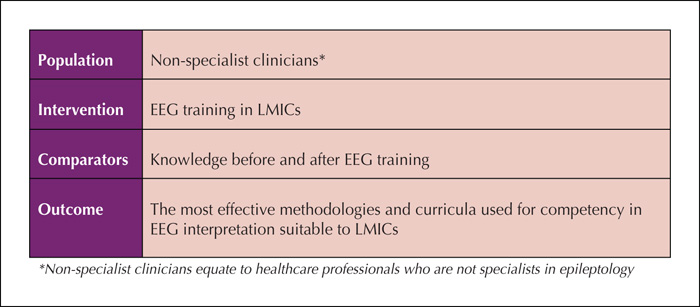

Neurologists qualified to interpret EEGs results for patients of all ages and types. Brain cells communicate with each other through electrical. Led by neurologists with over 15 years of experience in EEG analysis and interpretation. Licensed under a Creative Commons Attribution 4.0 International License. An electroencephalogram (EEG) is a test used to evaluate the electrical activity in your brain. At point B, a mix of excitatory and inhibitory postsynaptic potentials result in a different result for the membrane potential. At point A, several different excitatory postsynaptic potentials (EPSPs) add up to a large depolarization.

It measures a summation of postsynaptic potentials. NeuroLearn: Interpretation of the Normal Adult EEG: Normal Patterns and Common Artifacts (Second Edition).



 0 kommentar(er)
0 kommentar(er)
